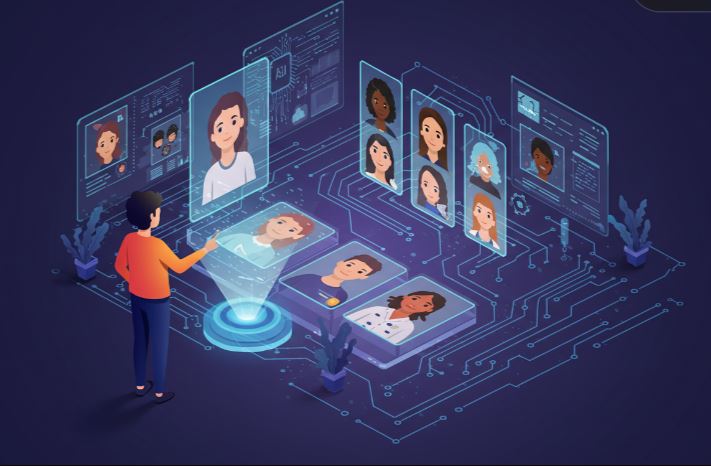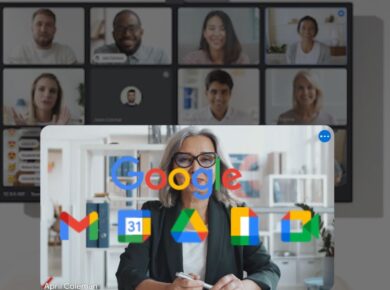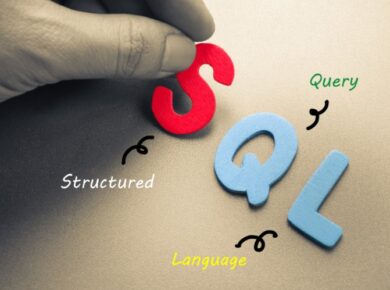In an era where our digital presence often mirrors our real-world identities, artificial intelligence has emerged as a powerful tool for crafting unique and personalized avatars. From professional branding to interactive social media engagements, AI is playing an ever-more critical role in helping individuals and organizations shape the digital personas that represent them online.
A New Frontier in Digital Self-Expression
The concept of an avatar is no longer confined to the realms of gaming or online forums. Today’s avatars are sophisticated digital representations, intricately designed with the help of AI image generators. Tools such as DALL-E, Midjourney, and Stable Diffusion have paved the way for creating high-resolution, lifelike images from textual descriptions or initial sketches. Another promising tool, CGDream which has such features as easy prompting, consistent character generation, and image-to-image refinement, also offers a straightforward approach without requiring complex prompt engineering. This blend of technology and creativity provides users with an unprecedented level of personalization to generate visuals that reflect their personality, style, and even professional aspirations.
For example, by inputting a detailed prompt like “a modern professional with cyberpunk influences and soft neon highlights,” a user can obtain an initial avatar image that serves as a strong foundation for further refinement.
The Process of Avatar Creation
Creating a digital persona today involves a multi-step process that combines AI-generated imagery with human creativity. Here’s a concise breakdown of how it works:
- Initial Generation:
Many users begin by using an ai avatar generator to quickly produce a draft image from their textual input, setting the foundation for further customization. - Iterative Refinement:
Once the initial image is created, users can tweak details—adjusting facial features, body posture, and even background elements—to ensure the avatar accurately reflects their envisioned persona. - Post-Processing:
Complementary software, such as graphic editing tools, is often employed to further polish the image, adding final touches like enhanced colors or refined textures. - Integration Across Platforms:
The final avatar can then be adapted to suit various digital needs—be it professional headshots, social media profiles, or characters in virtual reality environments.
This systematic yet flexible approach ensures that the avatar not only captures an individual’s unique essence but is also versatile enough for use in diverse digital contexts.
Industry Insights and Market Dynamics
Recent industry data underscores the growing importance of digital avatars. The global digital avatar market was valued at approximately USD 18.19 billion in 2023, with projections suggesting substantial growth in the coming years. Investments in startups that specialize in virtual influencer creation and AI-powered animation reflect a broader trend toward digital self-representation.
Beyond market size, avatars are making waves in several key areas:
- Public Communication:
Institutions like the Arizona Supreme Court have started using AI-generated avatars to communicate complex legal decisions in a more accessible manner. - Influencer Marketing:
Virtual influencers, such as those popularized on platforms like Instagram and TikTok, are increasingly being crafted through AI to maintain a consistent, on-brand image around the clock. - Virtual Environments:
As virtual reality platforms evolve, AI avatars are not only serving as representations of individuals but also as interactive agents—guiding users through virtual worlds, engaging in dynamic conversations, and even acting as event hosts.
Balancing Personalization with Ethical Considerations
While AI-powered avatar creation offers exciting opportunities, it also brings challenges that must be addressed. Concerns over privacy, consent, and the ethical use of digital likenesses have surfaced—especially when deepfakes or unauthorized replications of a person’s image occur. High-profile incidents have highlighted the need for robust verification processes and clear guidelines to protect both creators and users.
Moreover, research in technoself studies reveals that avatars influence not just how others perceive us but also how we perceive ourselves. This psychological interplay underscores the importance of ensuring that digital personas are crafted with care, respect, and mindfulness.
Looking Ahead
The future of avatar creation promises even greater integration of AI technologies. With upcoming advancements in generative AI, users will soon be able to generate avatars directly from descriptive prompts, offering even more creative freedom and personalization. As industries continue to adopt these tools, the digital avatars of tomorrow will likely become an integral part of our everyday online interactions, seamlessly blending the virtual with the real.
In this evolving landscape, avatar creation is not just about image generation—it’s about sculpting a new, authentic persona that embodies the multifaceted dimensions of our identity in the digital age.
Read Next:
- How Business Intelligence Automation Helps to Speed Up Your Workflow
- AI Hentai Generator – 5 Free AI Hentai Generators




